-
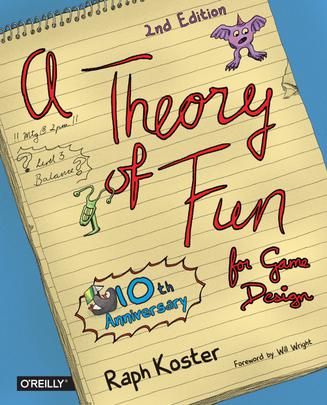
A Theory of Fun for Game Design
A Theory of Fun for Game Design is not your typical how-to book. It features a novel way of teaching interactive designers how to create and improve their designs to incorporate the highest degree of fun. As the book shows, designing for fun is all about making interactive products like games highly entertaining, engaging, and addictive. The book's unique approach of providing a highly visual storyboard approach combined with a narrative on the art and practice of designing for fun is sure to be a hit with game and interactive designers, At first glance A Theory of Fun for Game Design is a book that will truly inspire and challenge game designers to think in new was; however, its universal message will influence designers from all walks of life. This book captures the real essence of what drives us to seek out products and experiences that are truly fun and entertaining. The author masterfully presents his engaging theory by showing readers how many designs are lacking because they are predictable and not engaging enough. He then explains how great designers use different types of elements in new ways to make designs more fun and compelling.Anyone who is interested in design will enjoy how the book works on two levels--as a quick inspiration guide to game design, or as an informative discussion that details the insightful thinking from a great mind in the game industry. -
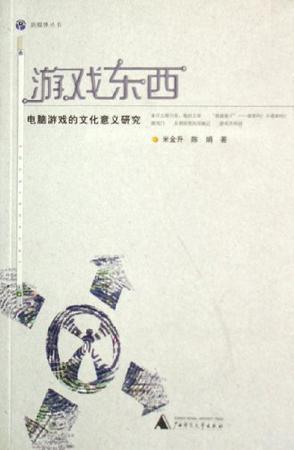
游戏东西
本书是从传播学的视角对电脑游戏这种新兴媒体进行深刻思考和解析的 图书;书中融理论的深刻和表述的幽默诙谐风格于一体,配有数十幅幽默漫 画,有很强的可读性。 -
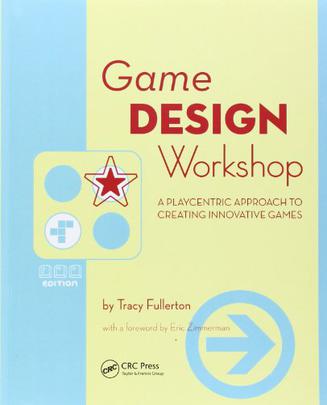
Game Design Workshop
Master the craft of game design so you can create that elusive combination of challenge, competition, and interaction that players seek. This design workshop begins with an examination of the fundamental elements of game design; then puts you to work in prototyping, playtesting and redesigning your own games with exercises that teach essential design skills. Workshop exercises require no background in programming or artwork, releasing you from the intricacies of electronic game production, so you can develop a working understanding of the essentials of game design. Features: * A design methodology used in the USC Interactive Media program, a cutting edge program funded in part of Electronic Arts. * Hands-on exercises demonstrate key concepts, and the design methodology * Insights from top industry game designers, including Noah Falstein, American McGee, Peter Molyneux -
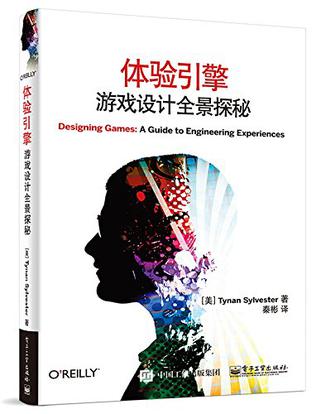
体验引擎:游戏设计全景探秘
1972年,雅达利公司推出了街机游戏Pong。之后,游戏行业历经了几十年的风风雨雨和几许轮回,依然方兴未艾。多少年以来,无论是俄罗斯方块,还是魔兽世界,游戏制作者面临的挑战都始终如一,即如何为玩家展现出最佳的游戏体验。 本书是一本有关游戏设计的技术类书籍。从表面上看,本书的重点在于游戏的设计,规划,平衡性,界面,市场等要素。然而实际上,本书的核心正是游戏体验。如何通过游戏设计来创造丰富多彩的游戏体验,以及如何真正从内心打动玩家,才是作者的真正目的。难能可贵的是,本书虽然涉及了许多游戏行业的专业课题,内容却轻松易懂,耐人回味。而读者在阅读本书时,也可以从自己感兴趣的章节开始,逐层深入。所以,无论读者是游戏行业的从业者,还是游戏爱好者,都不妨一读。说不定在某一页,就会不由自主地产生共鸣。 -
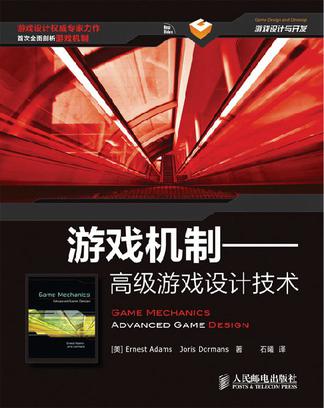
游戏机制
游戏机制是游戏核心部分的规则、流程以及数据。在游戏设计中,游戏机制居于核心地位。它们使游戏世界生动多彩,产生出供玩家解决的种种灵活挑战,并决定着玩家的行动在游戏中产生的效果。游戏设计师的工作,就是打造出能够产生挑战丰富、乐趣十足、平衡良好的可玩性的游戏机制。 《游戏机制——高级游戏设计技术》介绍游戏机制的本质,教授读者如何设计、测试及调整游戏的核心机制。全书共包括12章,分别从不同角度介绍和阐述了游戏机制,介绍了用于构建和模拟游戏机制的Machinations工具,展示了实用案例、常见的机制以及设计模式,还探讨了模拟和平衡游戏、构建经济机制、关卡设计与机制设计的融合以及有意义的机制等相对深入的话题。 《游戏机制——高级游戏设计技术》适合学习游戏设计的学生以及希望对游戏机制的设计、构建和测试加深了解的业内人士阅读参考。 -
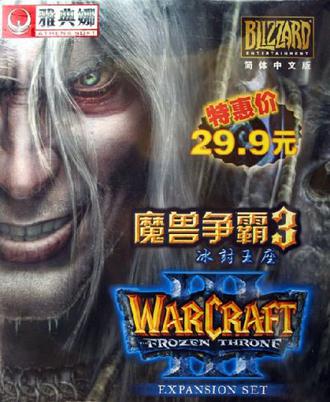
魔兽争霸3:冰封王座